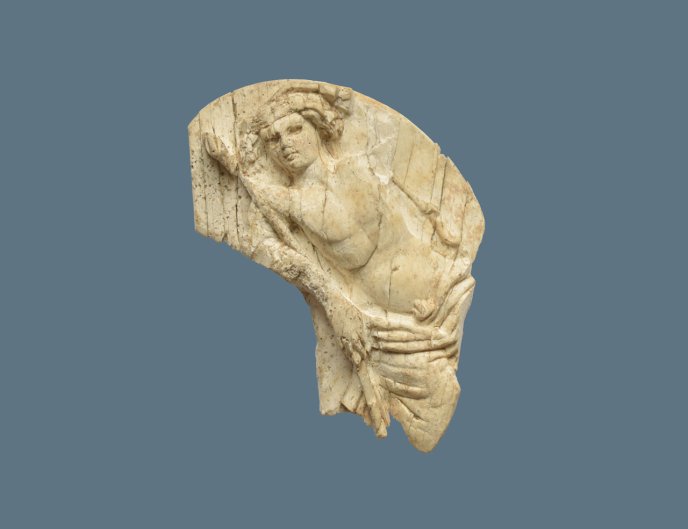This conference is only available in audio.
Abstract
In Roman times, ivory was a highly prized luxury material. Its uses ranged from small, everyday instruments to decorations and even furniture and votive objects. The same was true of bone, a material infinitely less expensive, but capable of imitating ivory, or even attempting to replace it. Bone was used at all levels of the social scale, as well as for the manufacture and decoration of objects ranging from tableware to furniture veneers. The archaeological study of ivory and bone artifacts excavated in Pompeii, from the 18th century to the present day, opens up new perspectives for understanding the material culture associated with its uses and meanings, in both domestic and funerary contexts. This research is based on material conserved in the Pompeii and Naples Museo Archeologico Nazionale repositories, and is complemented by material from the excavations currently in progress at the Porta Nocera, on the southern outskirts of the city, as well as by the planned excavation of a dwelling probably used as a bone-working workshop.

